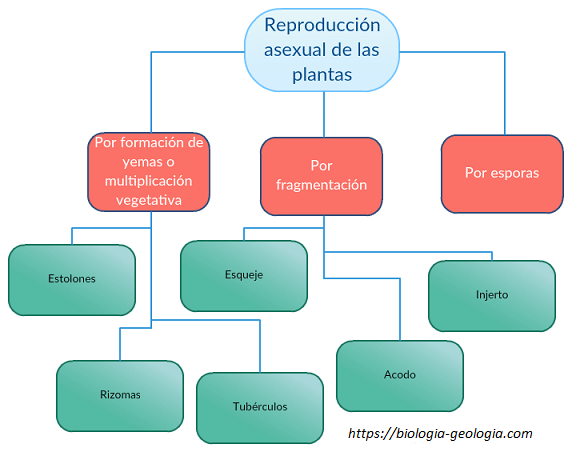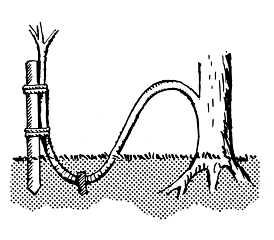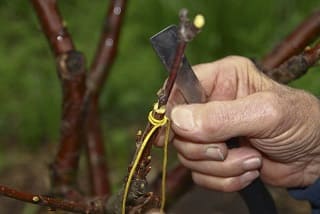Asexual reproduction in plants
Asexual reproduction is the formation of a new individual from a previous individual. Only a single individual is involved and there is no exchange of genetic material with another individual, so the new plant is genetically identical to its parent.
There are several types of asexual reproduction in plants:
Asexual reproduction by budding or vegetative multiplication
In the root , leaves or stems , a group of cells (buds) are formed that break off and give rise to a new plant:
Stolons
The new plants appear from aerial stems parallel to the ground (stolons) at the end of which there is a bud that gives rise to another plant. For example, clover or strawberry.

By RoRo [CC0], from Wikimedia Commons
Rhizomes
In a similar way to the stolons, the rhizomes are underground stems that grow horizontally and have several buds from which roots and vertical stems emerge from their nodes that originate new plants.For example, a plant that reproduces by rhizomes is the reed.
By Jens Rusch [CC BY-SA 3.0 de, CC BY-SA 3.0 or GFDL], from Wikimedia Commons
Tubers
The tubers are modified and thickened stems in which the reserve nutrients for the plant accumulate. Buds sprout from them that give rise to new plants. For example, the potato. If the potato is broken into pieces, with buds, they are sown and new plants emerge.
The onion reproduces by means of bulbs






